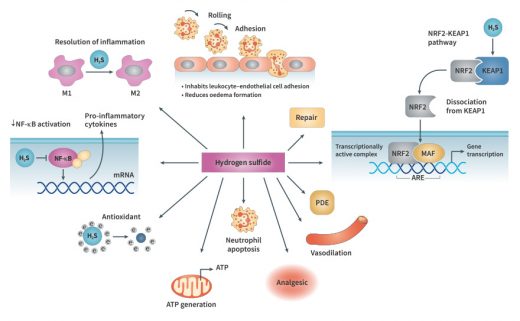We use cookies to ensure you get the best experience on our website. Learn more about our privacy policy.
Our science leverages two crucial insights by Dr. John L. Wallace and his colleagues. The first identified the mechanism by which NSAIDs cause stomach ulcers and bleeding—radically altering the prevailing medical doctrine. A decade later, his discovery of hydrogen sulfide's anti-inflammatory potential led to the research project that became Antibe Therapeutics.

Founder & Vice Chair


